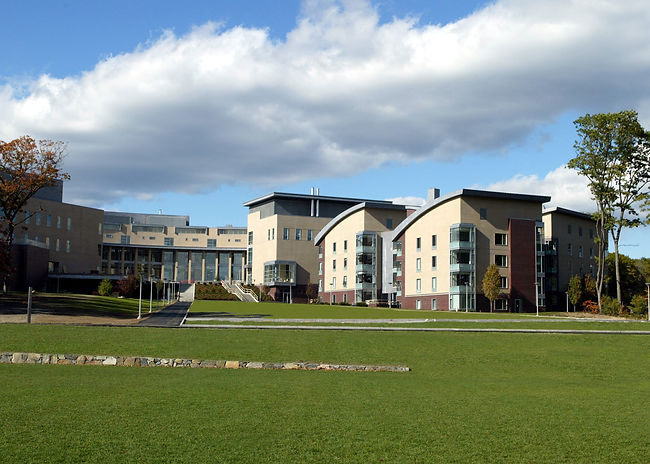
Modeling and Dynamic Control of Aircraft
As a final project for Quantitative Engineering Analysis, two students set out to apply their skills at modeling, physical analysis, and controls to autonomously fly a fixed wing aircraft in simulation.
Simulation for this project involves multiple stages. Early simulations models built during the model and controller design phases of the project are simplified, 2D representation of subsystems, designed to visually confirm that the model is acting properly and gain intuition about the system. The final simulation which represents the culmination of the project work is a 3D simulation of a plane in the FlightGear Simulator, with a control algorithm implemented in Simulink.
For more information about the simulations, see the
SIMULATION page.


Simulation
Once the model was designed and deemed acceptable, the control algorithm for the autonomous plane was built. The algorithm takes in state information about the plane - heading, altitude, speed, etc. - and returns control surface values - propeller speed, elevator angles, etc. The control algorithm was tuned based on the simplified plane model, then applied to the Simulink simulator to see if it worked reasonably in a model with a greater degree of accuracy. For more information about the control algorithm, see the CONTROLS page.
Control Algorithm
In order to control an airplane it is first necessary to determine how the control surfaces affect the plane's motion through the air, which first necessitates a model of the forces and moments acting on the aircraft. Choices and assumptions must be to determine how accurately the model represents the real physics, as a more accurate model is harder to design, more costly to run, and is oftentimes not necessary. Once these forces are modeled to a chosen degree of accuracy, the airplane's control surface are added for steering and control of the craft.
For more information about the modeling process, see the MODELING page.
Model
The Class
This project is a final project for Olin College of Engineering's Quantitative Engineering Analysis class (QEA). In QEA, students learn complicated mathametical and analytical concepts through hands-on project-based learning. This project was co-designed by Connor Novak & Onur Talu, two first semester sophomore students in the class, with enormous help from Alexandra, Siddhartan, and the rest of the teaching team. For more information on the students and QEA, see the THE TEAM page.
